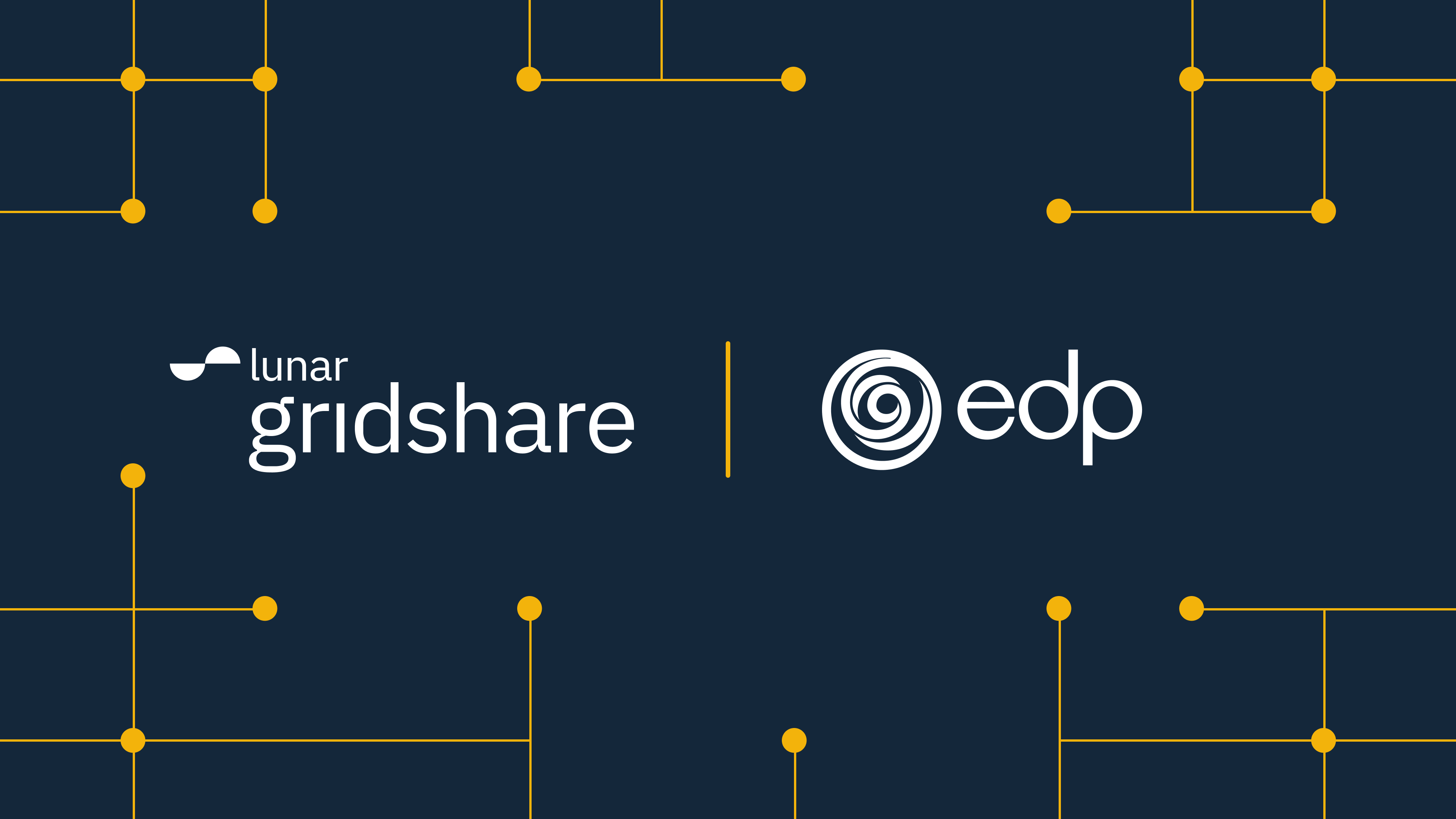Lunar Gridshare and Sunrun partner to operate nationwide Virtual Power Plant portfolio

We’re on a mission to transition homes to 100% clean energy, and we believe that will come as a result of electrifying homes en masse and then connecting them together for power on demand. Lunar Energy’s products enable homes to make their own clean power, run on it day and night, and together support the entire electrical grid — resulting in cleaner, more resilient power for everyone.
Today, we’re announcing our biggest step yet on the connection side of our plan. Sunrun, the largest solar and battery installer in the United States, is using Lunar Gridshare to operate Virtual Power Plants (VPPs) nationwide, and we look forward to more coming online soon.
Success and expansion with Sunrun
More than 35,000 home batteries are connected to Gridshare in Japan. There are 1,600 connected in Europe. With Sunrun, we add tens of thousands more in the United States.
Our work with Sunrun began more than a year ago, and today we operate a dozen VPPs with them across the country.

In a program from Hawaiian Electric Company, the VPP had to supply power to the grid when needed, but it also had to provide Fast Frequency Response, which requires adding or removing power from the grid with only a few seconds’ notice. Gridshare performed both of these functions with 100% uptime from a fleet of batteries made by several different manufacturers.
In a separate program from Southern California Edison (SCE), Gridshare delivered 60% more energy from a Sunrun VPP than previously possible. For VPPs, it’s critical to know how much energy could be used from the fleet at any moment. Gridshare evaluates and forecasts factors such as weather, energy consumption, and solar generation and predicts available energy at the device level. That precision at the device level compounds at the fleet level and gets as much energy as possible into the VPP.
Mary Powell, Sunrun’s CEO, likes to say the future of the U.S. grid depends on solving capacity constraints and grid reliability issues, and that’s where VPPs come in. She should know — Mary showed the entire industry what was possible with VPPs when she launched the United State’s first utility-sponsored VPP program back in 2017 in Vermont.
“We are thrilled with the work of Lunar Gridshare. What Lunar Gridshare has been able to accomplish in managing multiple devices from several different manufacturers at the same time, is a game changer for us. To build the grid of the future, it is so powerful to be able to flawlessly orchestrate all the various distributed energy technologies in our customers' homes. Gridshare also operates in Europe and Asia where energy markets are more advanced. They’ve seen the future of connected batteries on the grid, and they have a platform that’s ready for today, and even more important, where the future of energy is going in the United States.” — Mary Powell, CEO of Sunrun
VPPs on a global scale
VPPs are a simple idea, complicated to pull off, with tremendous potential for our clean energy future. Take anything that uses, makes, or stores electricity — electric vehicles, home solar, batteries, thermostats — and connect them together with software. Then, when the grid needs help, use those distributed assets’ power to keep the grid running for everyone. This lowers the cost of power for all homes — VPP participants especially. As a result, clean energy becomes more lucrative for everyday people, the grid becomes more resilient, and there’s more clean energy running through our homes and businesses.
As simple as that sounds, managing these programs is complex. In the United Kingdom, for example, the price homes pay for energy can change every half hour. Imagine a battery enrolled in a VPP program there — at any moment, software needs to know how much power a home is using, how much it’s generating from solar panels, how much it’s projected to generate the rest of the day, how much is stored in the battery, what the electricity rates will be in the coming hours, and how much the grid would be willing to pay for that electricity. Then in real time, software needs to determine if a battery should discharge to the home, discharge to the grid, or simply charge from solar. That calculation is what Gridshare does every day for tens of thousands of homes around the world.
Today, Gridshare operates a fleet of batteries from many different manufacturers. When Lunar Energy introduces its own battery in the coming months, Gridshare software will be built in and in the future homes will be able to enroll in VPP programs directly from our app.
Keep in touch
For energy retailers, utilities, co-ops, municipal utilities, or Community Choice Aggregators interested in Lunar Gridshare, get in touch with our team here or learn about Gridshare’s capabilities here.
To hear the latest from Lunar Energy, sign up for our newsletter here, or follow us on LinkedIn.


